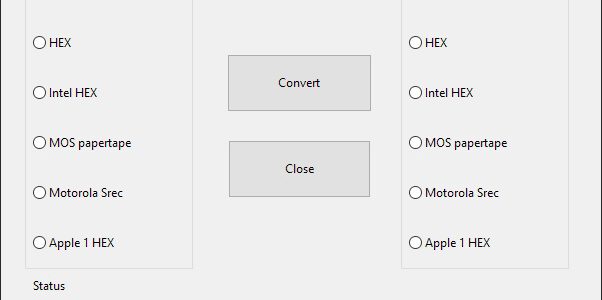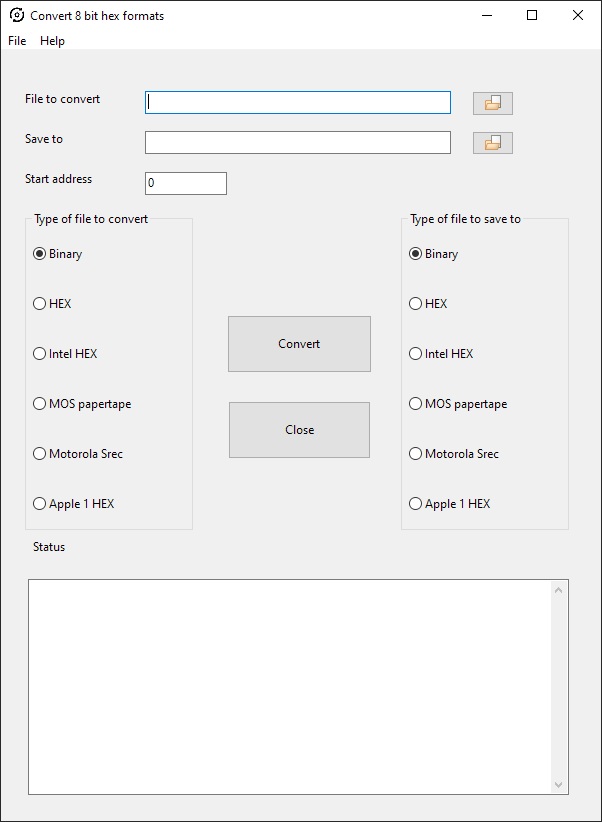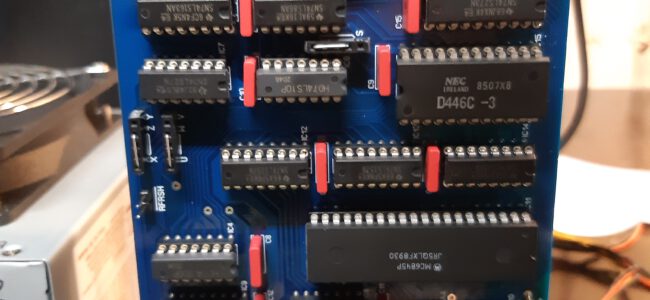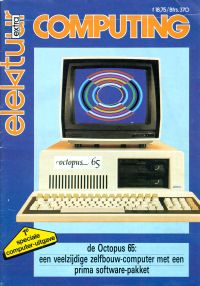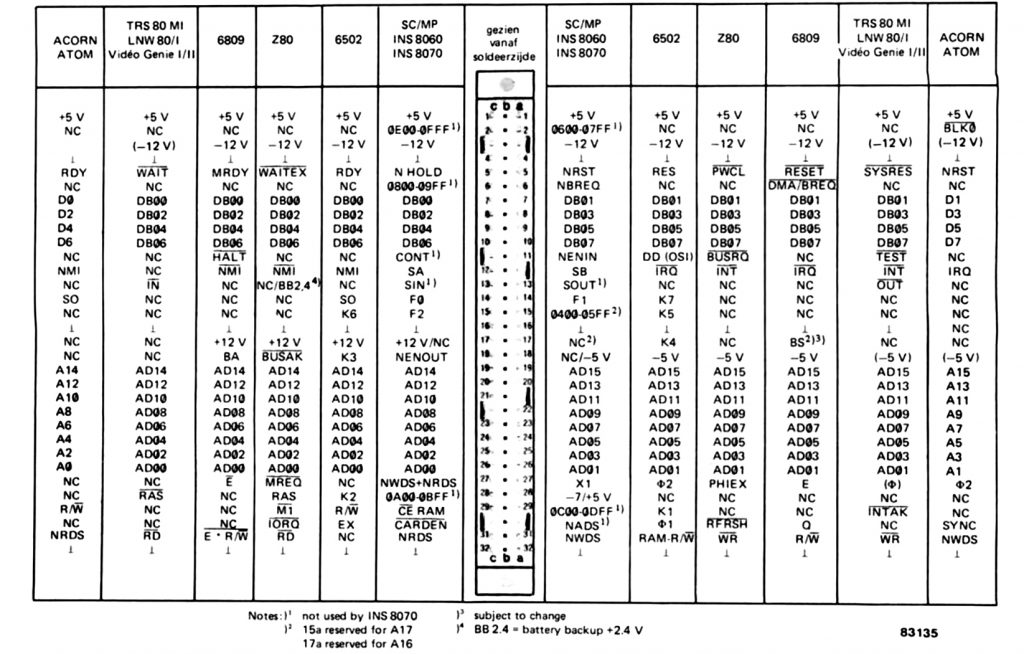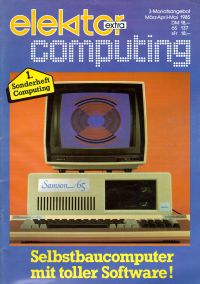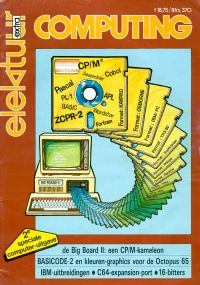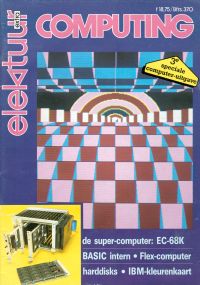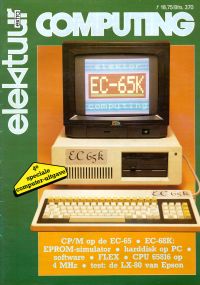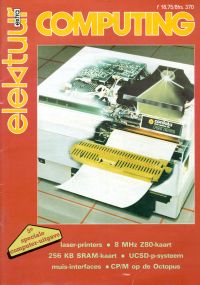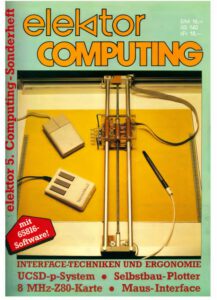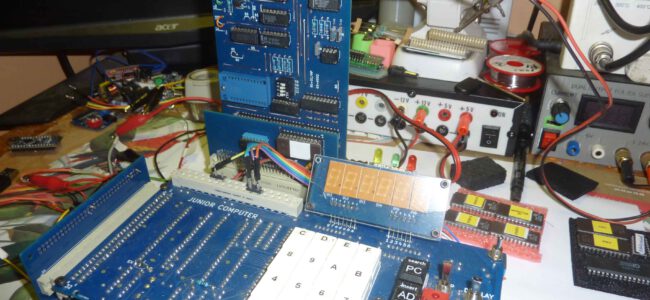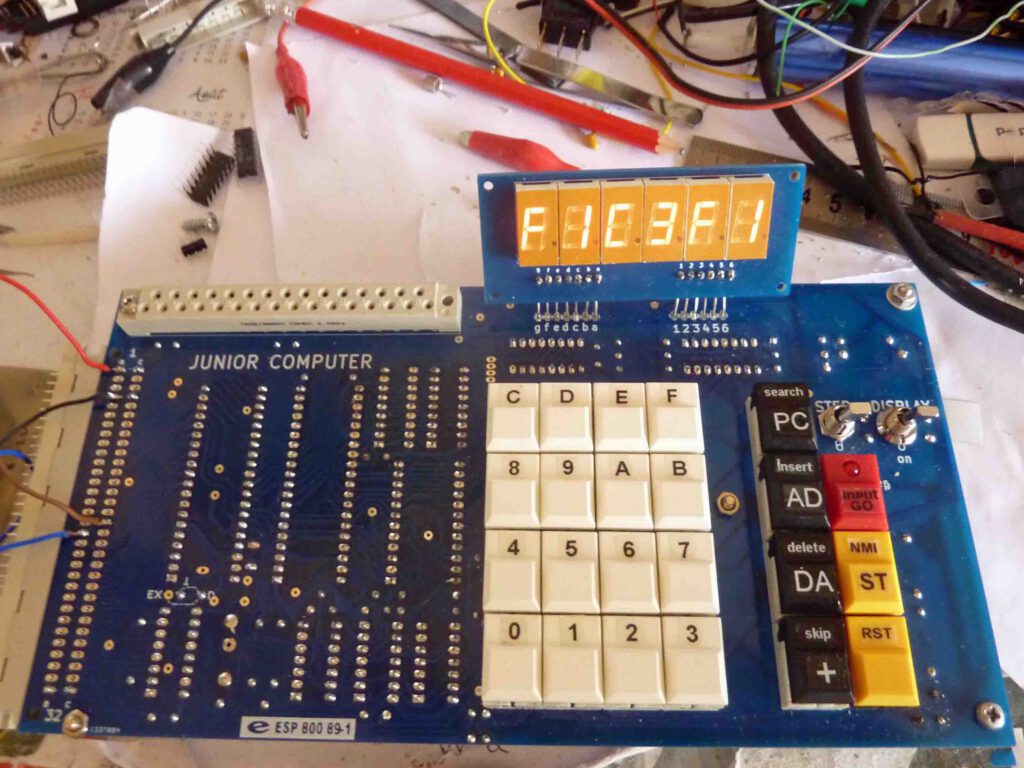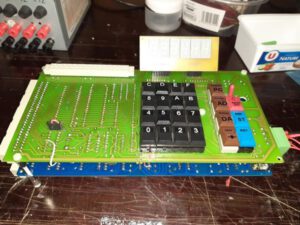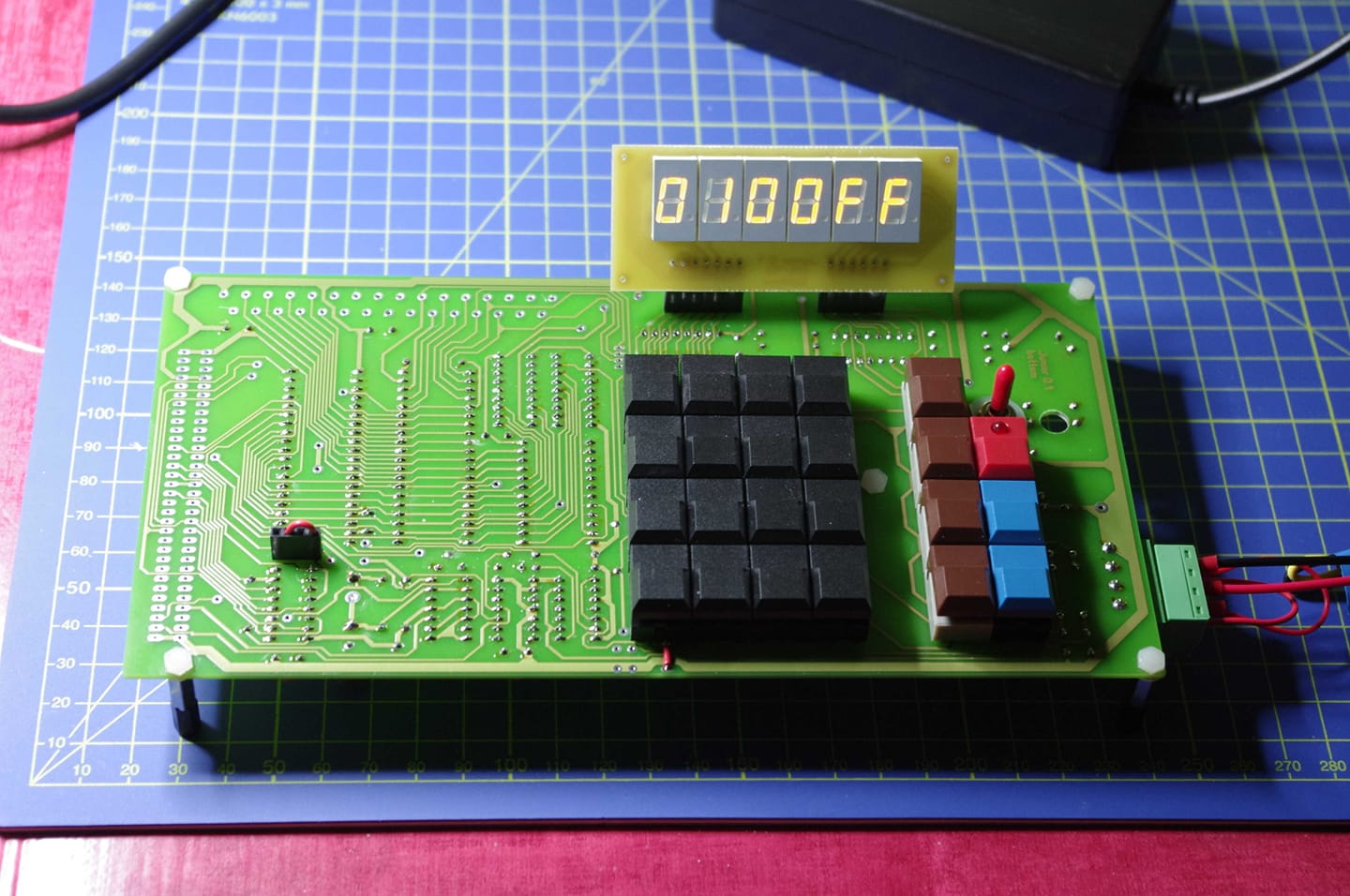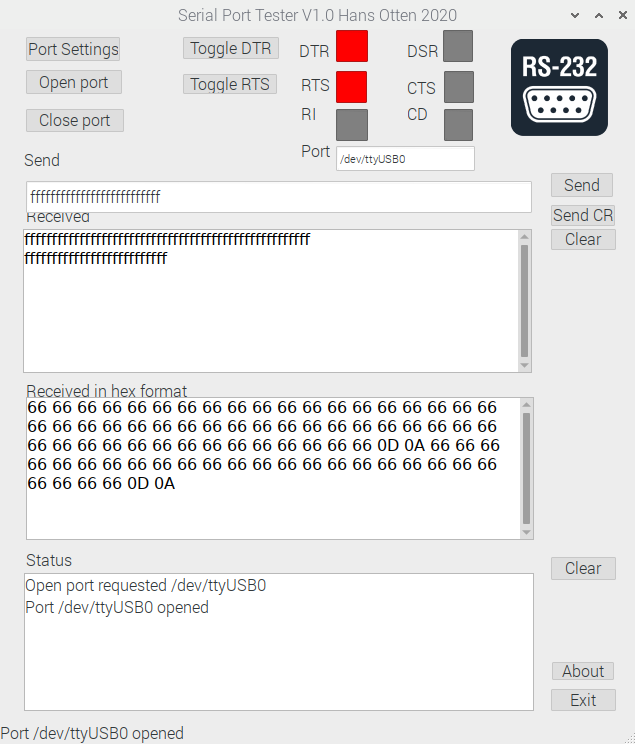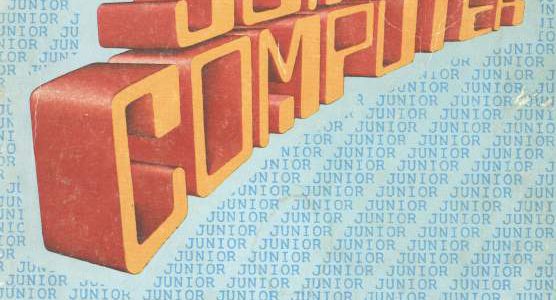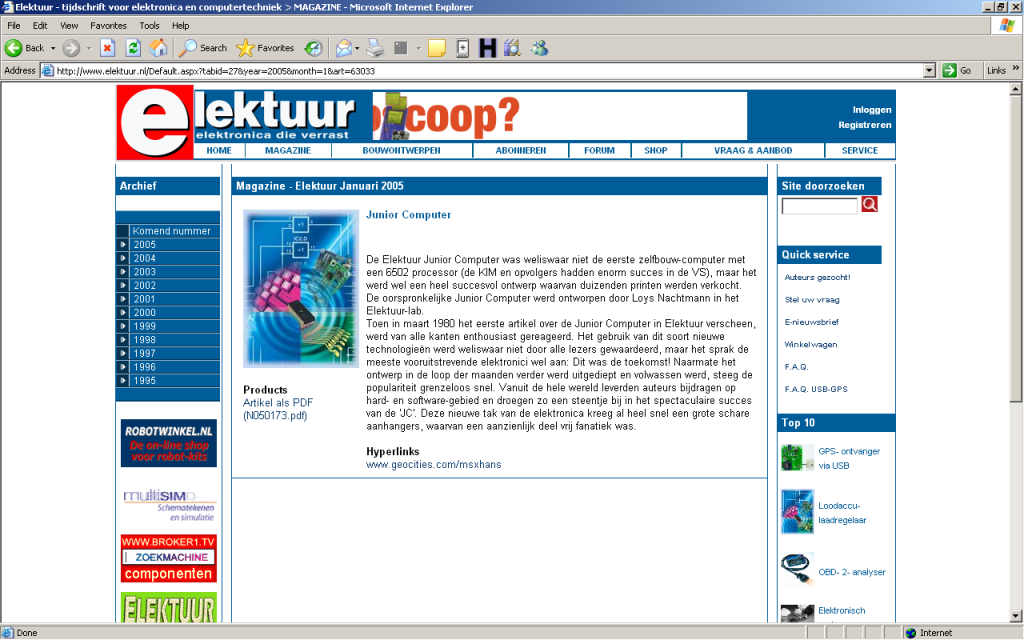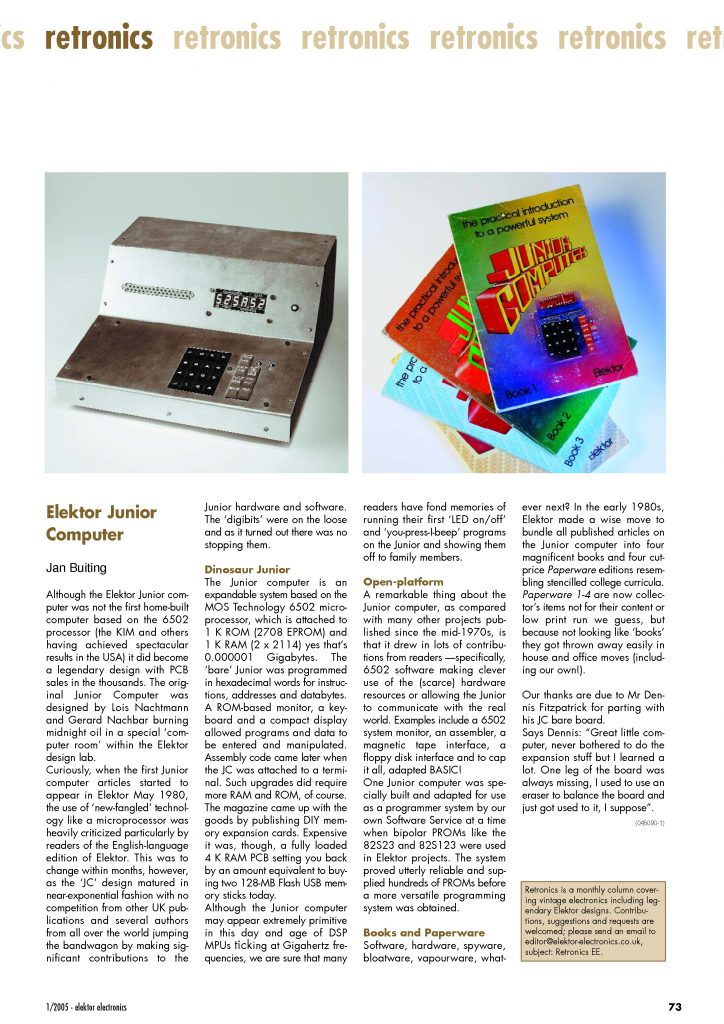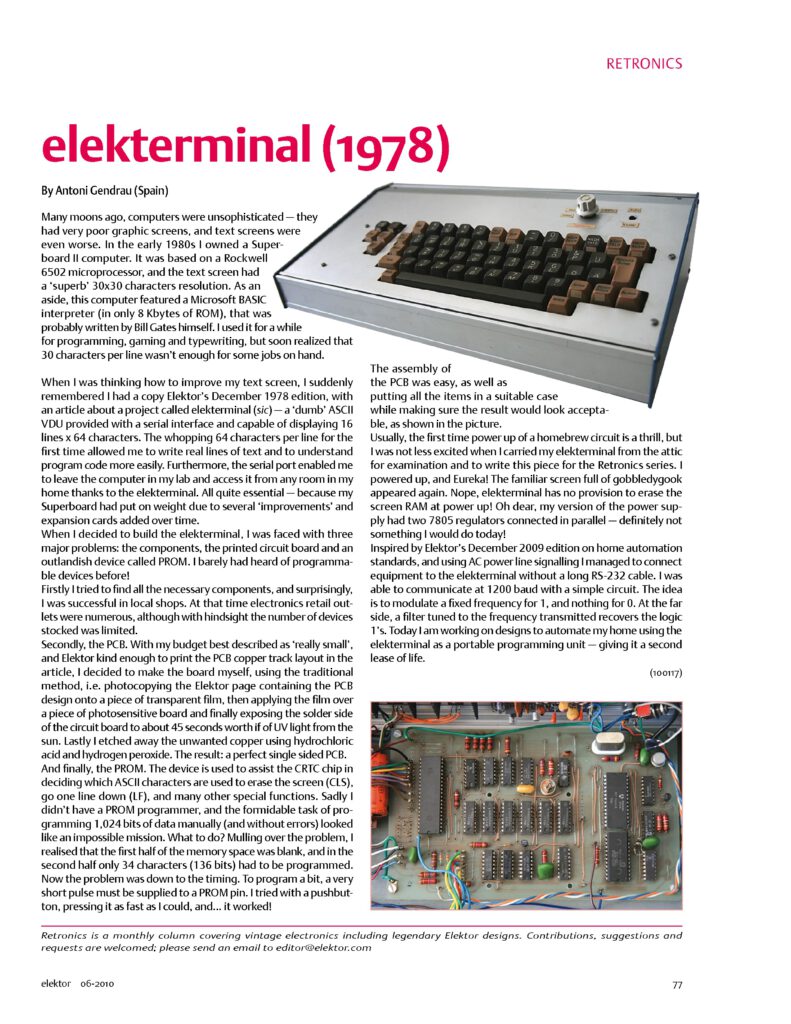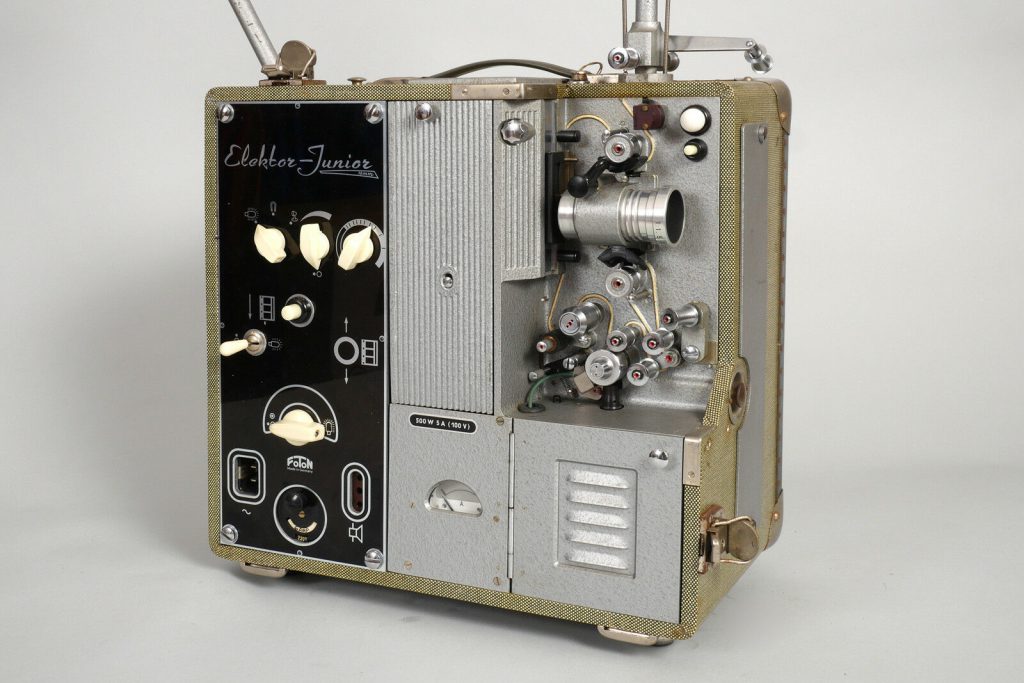With thanks to Philippe Roehr from France I present on this page how he got KIM Basic 9 and Ohio Scientific OS65D to work on the Junior
Junior build
Philippe has build a Junior system with at least a main board, an expansion board, 16K Dynamic RAM board expanded to 64K and a floppy controller.
It started with the Junior itself, followed by the expansion card, The monitor software PM and TM were tested.
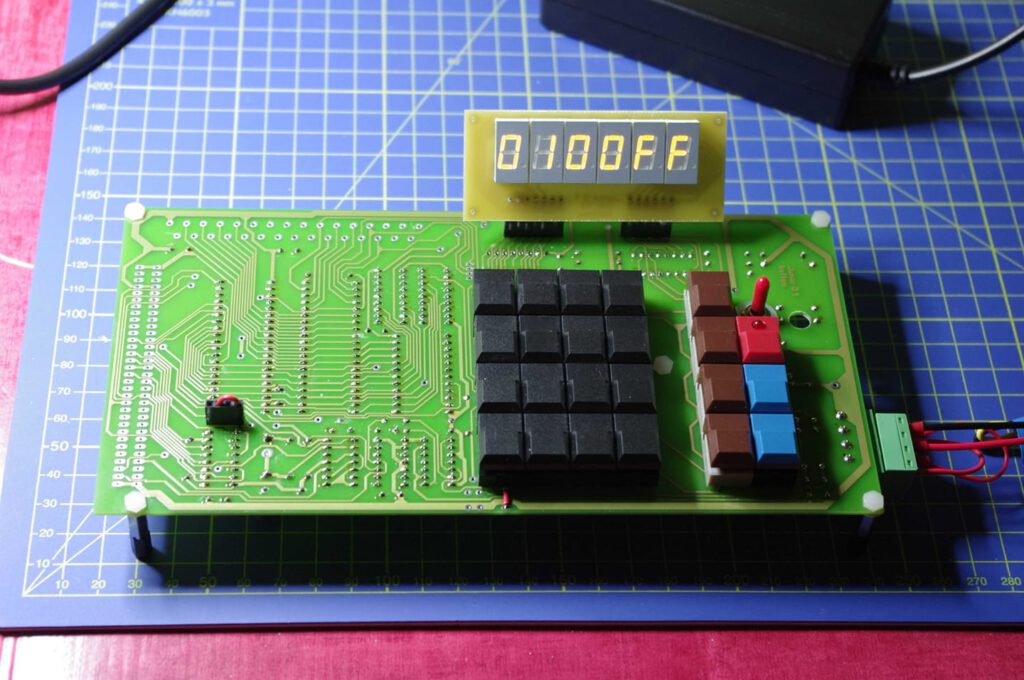


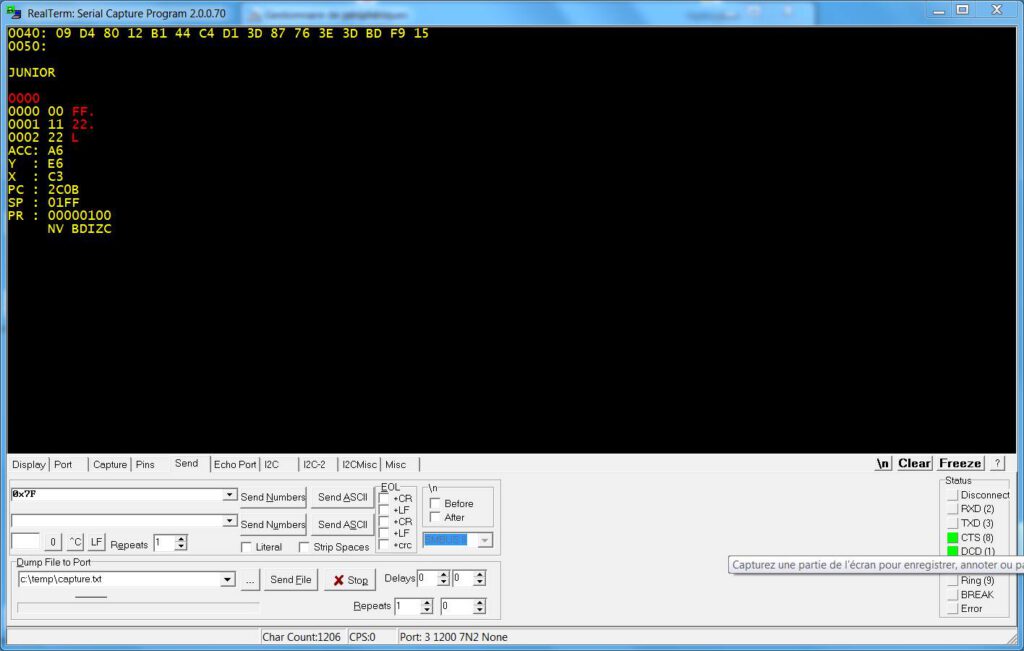
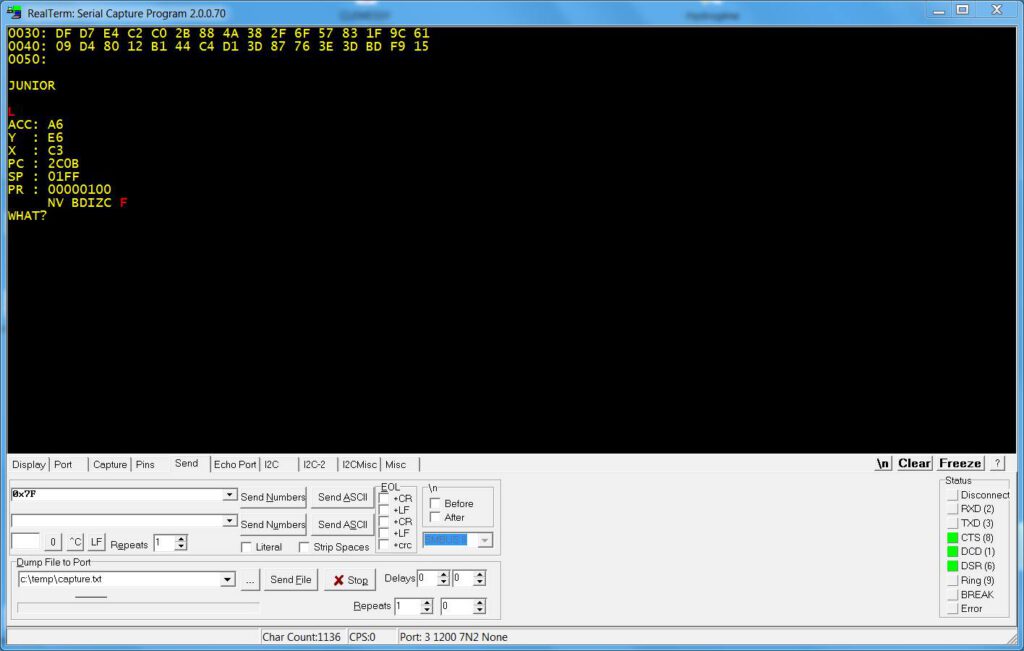


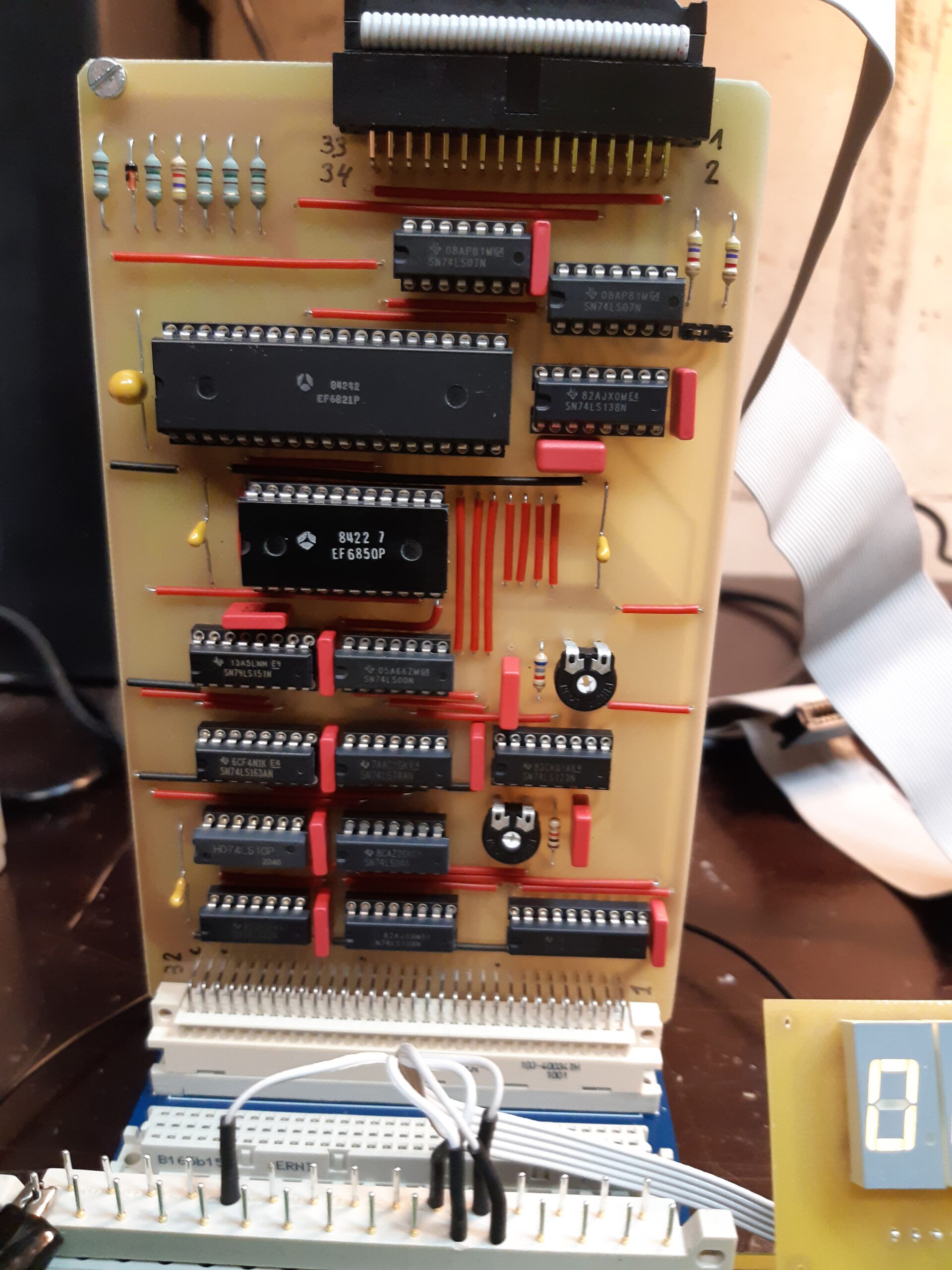
Floppy controller, RAM card behind.
Junior KB9 Basic
Philippe started with the KB9 binary from the KIM-1 pages.
Philippe then applied the process outlined in the Elektor articles to adjust Basic to the Junior character I/O routines and also improved the speed by adjusting the now unnecessary code that took care of the ROR bug in early 6502’s.
Philippe transferred the binary to the Junior with Ed’s utility KIMTape, producing a KIM-1 audio wave file. The Junior accepts this format, a bit slow but only needed once. After seeing all was well, Philippe wrote the now optimized Junior KB9 Basic to audio wave file, and made a hex dump on the terminal. I picked up the dump, a captured text file form a a terminal emulator, and wrote a conversion program to produce a binary.
All the files here: archive with audio wave file, dump on terminal, binary and conversion software.
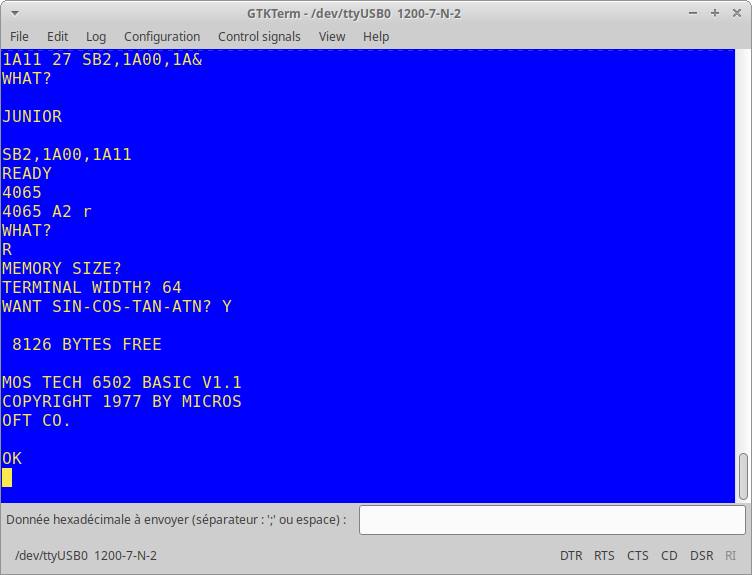
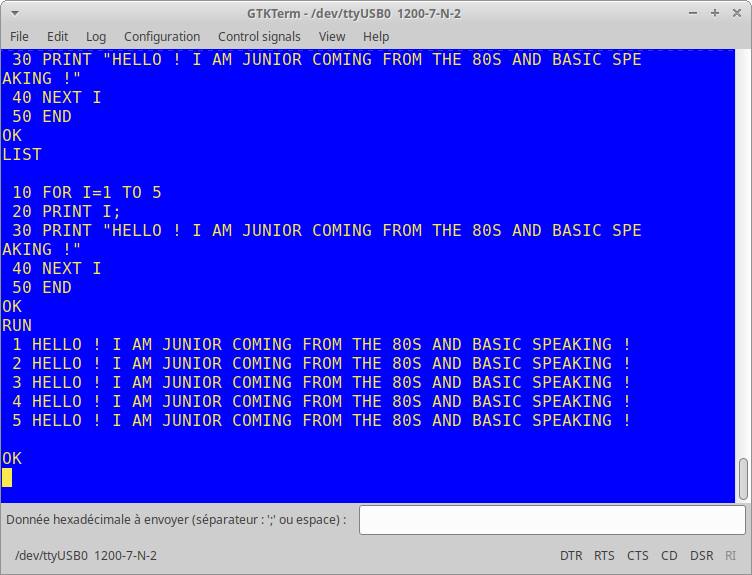
OS65DV3.3
After building the Junior, having PM and TM monitor working well, KB9 Basic operational, the next step Philippe took was getting the operating OS65Dv3.3 operational.
He took the steps described by Elektor in the articles with some modern additions.
A Junior able to run OS65DV3.3 needs an expansion card, a RAM card (his is 64K) and the Elektor floppy controller, which is identical to the OSI one (6850 + 6820 ICs)
Instead of a real floppy drive Philip used the hardware Gotek floppy emulator with the Flashfloppy firmware. And used the manuals images of http://osiweb.org, and the OSIHFE utility described in the OSI Web forum posts.
Elektor made a bootstrap eprom (ESS515 download here, source in Paperware 2) able to
* load OS65D (V3.1 or 3.3 as far as I know) from floppy
* give basic I/O capability (RS232 and floppy)
* manage hex display and keyboard
* modify OS65 for the hex display after the very first load to fully adapt them to the system ( about 10 bytes to modify)
Here the OS65DV3.3 disk image in native and Flashfloppy format ready to use.

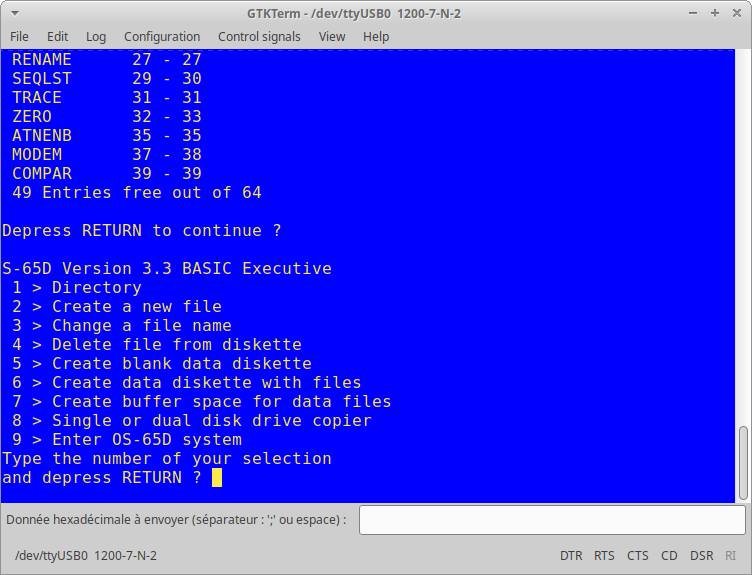
During the second part of december 2020 Philippe added a real floppy controller and added the Ascii Video Terminal (new version of hackaday). With improved moter control of the floppy drive!
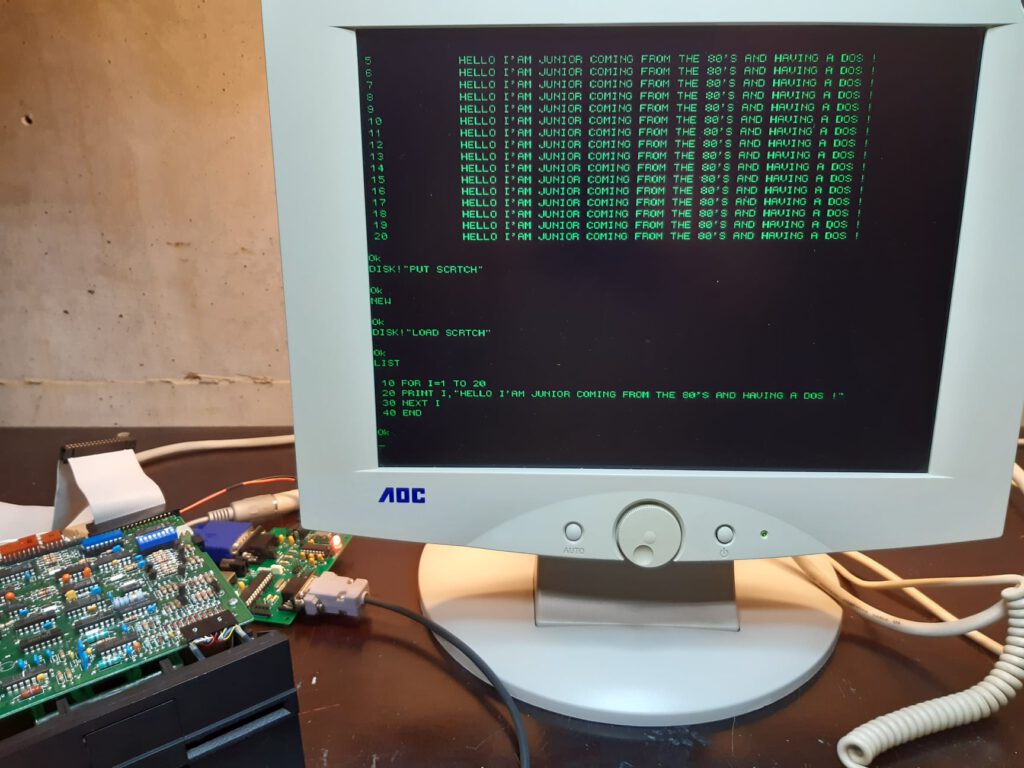
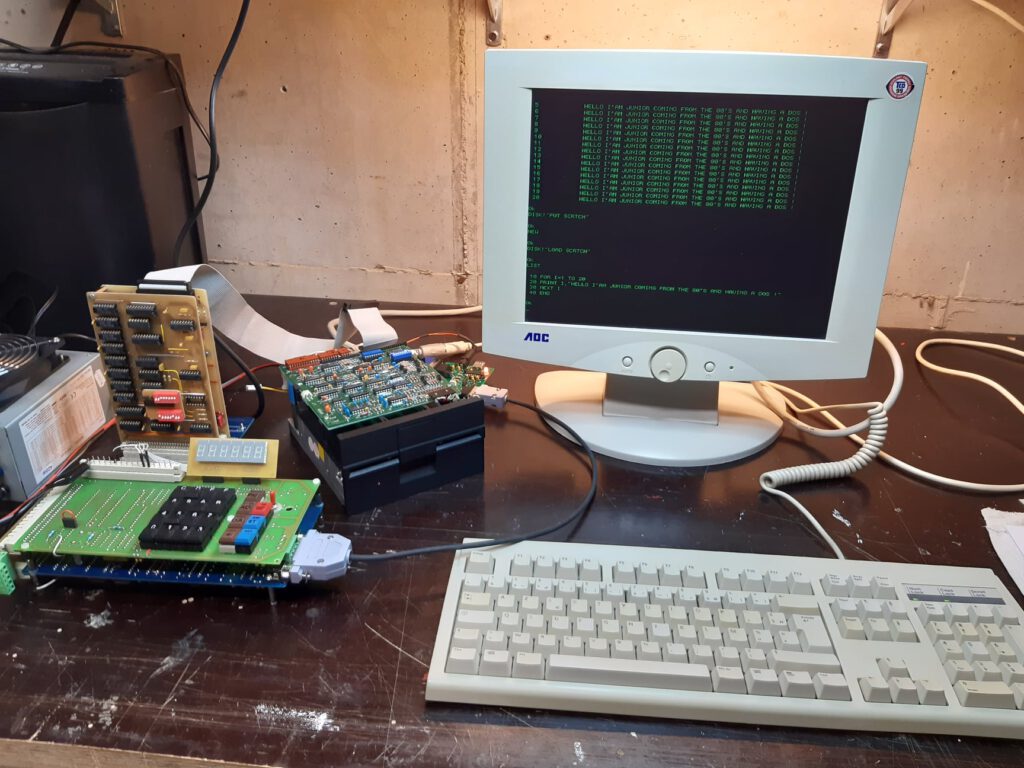
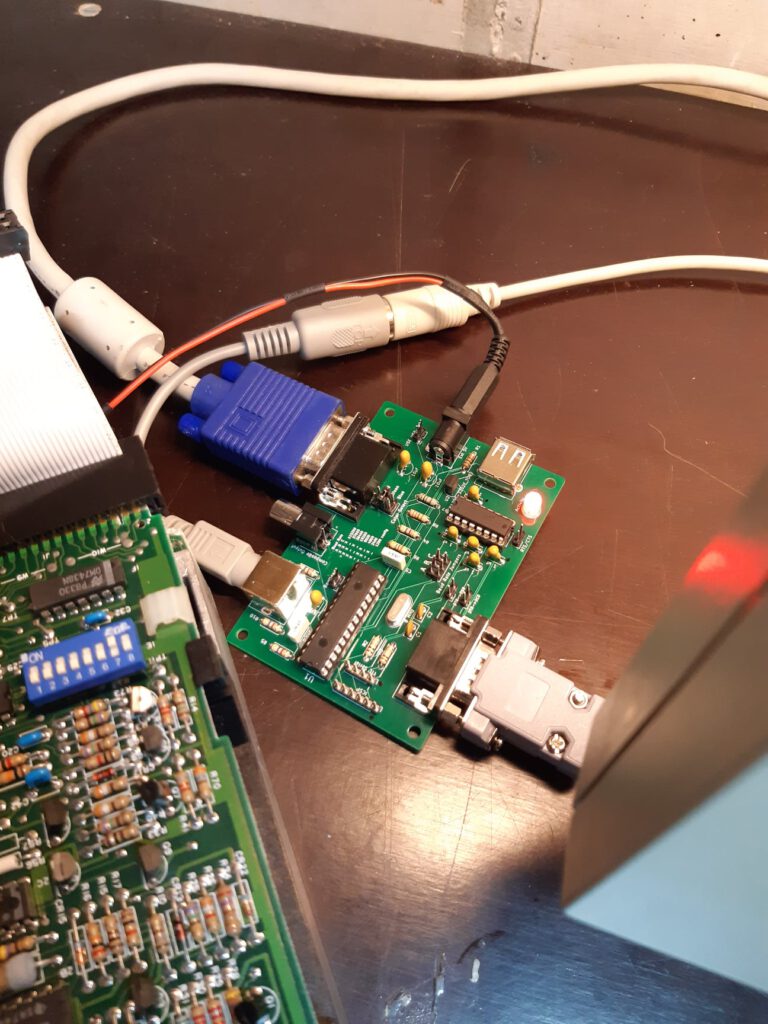
VDU board with OS65D

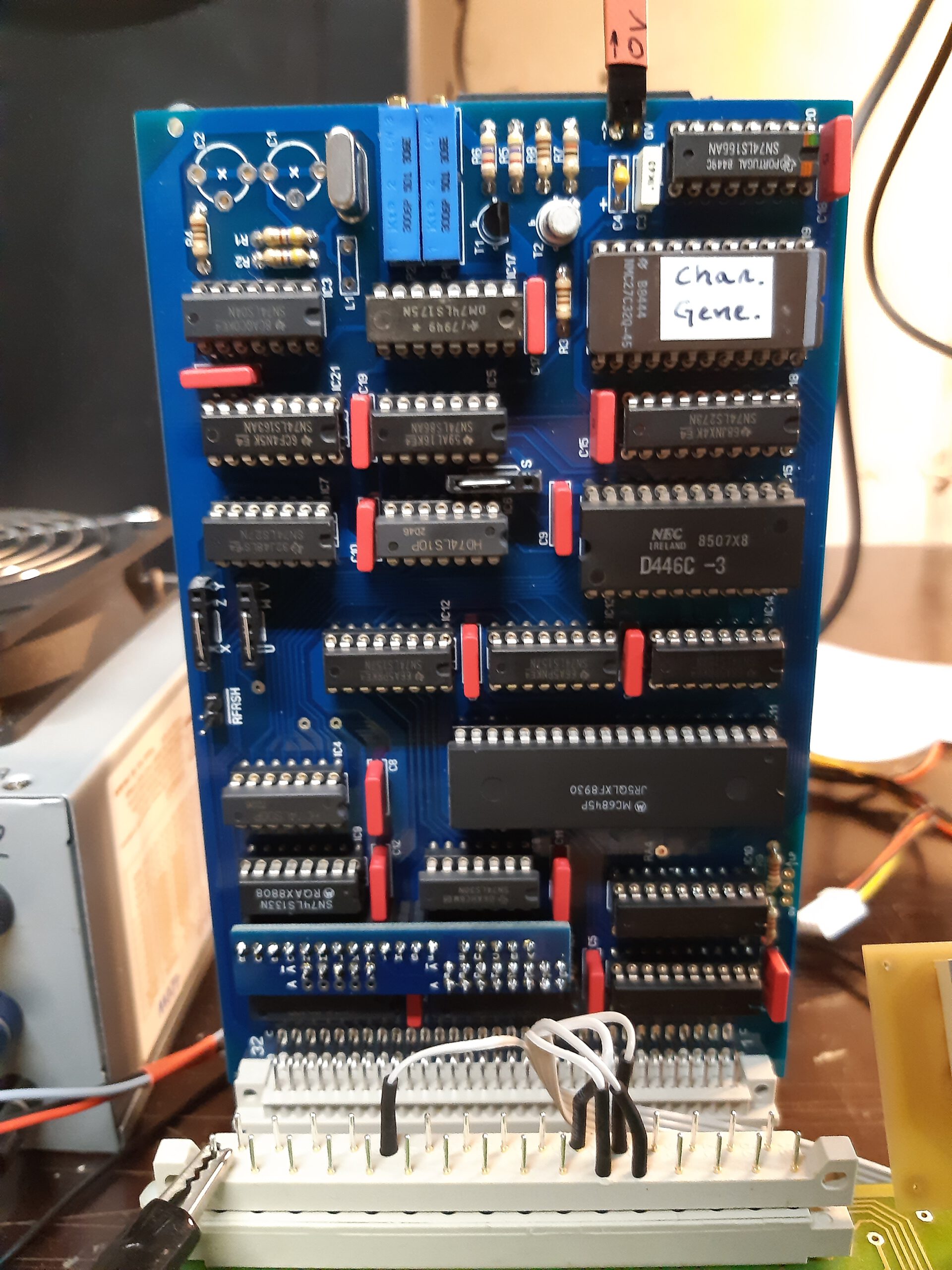
PMV for OS65D source checked by Philippe Roehr
PMV for OS65D ROM

